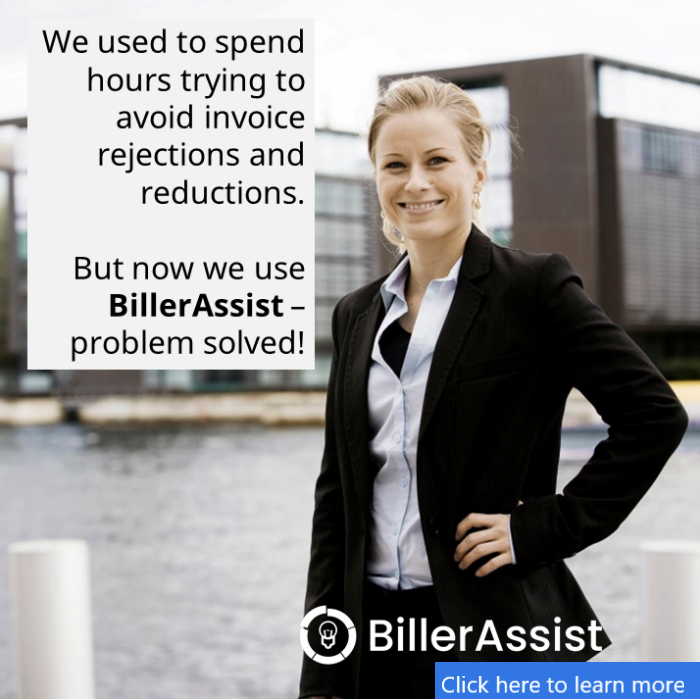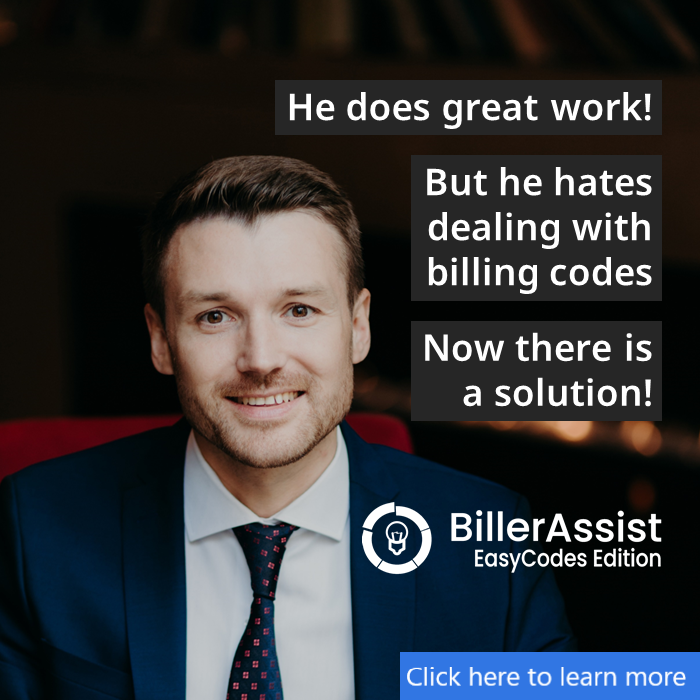How to Automate Manual Processes: AI-Powered Legal Billing Apps
Advances in the fields of Artificial Intelligence (AI) and machine learning have led to the development of applications that help various types of businesses automate processes that used to be done by hand.
Moving from human to machine improves efficiency, decreases cost, and reduces errors, while freeing up human resources to do more interesting things.
In the legal industry specifically, a new sector has developed to address and provide advanced AI and machine learning solutions for law firms and lawyers. Such solutions streamline legal bill review, legal research, client intake, and more.
Tech startups that focus specifically on providing such solutions to the legal industry have attracted a lot of attention from venture capitalists, which in turn continues to fuel more innovation and advances in the space.
In fact, a recent study from the McKinsey Global Institute estimates that at least 23 percent of a lawyer’s workload can now be automated through the use of existing solutions and applications. These solutions help law firms and lawyers increase their efficiency by allowing them to automate repetitive and labor-intensive processes, and allows them to focus on providing legal advice and other key services.
AI-Assisted Legal Bill Review & Invoicing
Keeping track of legal billable hours and expenses is another one of the most arduous processes, so much so that it is frequently avoided by lawyers until the last minute. Significant time and focus is required for lawyers to accurately update their time-keeping records, and this necessary task sometimes gets deprioritized in favor of doing the legal work itself.
As Aderant’s Marie Burgess recently noted, “lawyers work on multiple matters often for multiple clients on any given day. It’s time-consuming and challenging to reconstruct what they worked on at the end of a long day… This may well compound the problem because many of us have a hard time remembering what we did yesterday, let alone what we did last week, or even several weeks ago.”
Fortunately for lawyers and law firms, there are already a number of solutions available to help automate this process. These applications work to substantially reduce the time spent on legal bill review, improve accuracy, and provide greater transparency to clients and within the law firm itself.
For example, EffortlessLegal's own BillerAssist line of applications solve a variety of billing challenges — such as complying with client legal billing guidelines, ensuring ethical invoicing practices, and reducing write-offs and write-downs.
These applications work with the law firm's existing billing system, and eliminate hours of hassle every month.
Another example of such an application is Smokeball. This billing and practice management platform automates various aspects of legal time and expense tracking, as well as document drafting. The company claims to be able to increase profitability by as much as 34 percent by using their software. Yet another example is Laurel.ai. This application also claims to automate timekeeping.
No More Manual LEDES Coding
Task coding – also known as “LEDES coding” or “UTMB coding” — is another arduous process, especially for law firms and lawyers who mainly handle insurance and corporate clients.
Due to the increasing use of the Unified Task-Based Management System (UTBMS) and similar task-based coding regimes, and the Legal Electronic Data Exchange Standard (LEDES) along with other standardized electronic invoice formats, legal billing is now easier to analyze and measure.
But the benefits of UTBMS coding and LEDES invoicing have also brought challenges.
UTBMS/LEDES coding is currently done for each time and expense entry by hand, requiring the timekeeper to search through menu lists to find the correct code or set of codes for each entry. According to a recent study by a prominent billing platform, roughly 30 percent of billable work is left uncollected because of the hassles associated with task-coding.
However, cutting-edge applications now use AI and machine learning to eliminate these hassles. These application allow lawyers to completely automate all task and expense coding. As a significant side benefit of the automation, all the codes are applied in a standardized manner, providing firms with compliant invoices, faster and without inevitable human errors.
What About Legal Contract Review?
Reviewing contracts is another of the labor-intensive tasks in a lawyers workload. Contract review requires a lot of concentration to avoid errors, and demands a large amount of time to complete.
But software solutions like Kira Systems can make this process much easier and more efficient. And “smart contracts” can eliminate the issue altogether.
Kira Systems uses machine learning and AI allowing lawyers to speed up the contract process efficiently while still maintaining precision and accuracy. The company claims that its software results in time savings of 20-40 percent for first-time users, and up to 90 percent for those with more experience.
In fact, using Kira, a legal services provider “was able to save the client a minimum of $500,000 and eliminate a minimum of 5,000 additional review hours compared to doing a pure manual review for the task.”
New technology, like blockchain technology, allows law firms to create “smart contracts” that allows parties to easily share documents, exchange money, property, or shares transparently without going through third-party intermediaries. This new technology further allows both law firms and their clients to save money and time.
Computers Can Now Do Legal Research
Legal research is one of the most important and labor-intensive processes that can significantly affect a lawyer’s work.
For lawyers who do not have experience in using legal research tools, and knowledge of the field of practice and relevant areas for examination, it could take longer for them to complete their research. Even for more experienced and knowledgeable attorneys, however, legal research is still a time-consuming endeavor.
Fortunately, a number of technological solutions are already available for law firms and lawyers that will help them automate their legal research process.
For example, many legal research companies — such as Thomson Reuters, LexisNexis, Harvey AI, and others — all now offer Artificial Intelligence (AI) assisted legal research products.
Another example of such a solution is ROSS Intelligence, an advanced legal research application that uses AI to find the most relevant cases and other authorities. The company asserts that “searches that took hours take minutes with ROSS.” The application is already being used by many law firms of various sizes, and provides a wide range of coverage. Automating legal research can help lawyers save time and allow them to focus on more sophisticated aspects of their work.
For lawyers or law firms who are having second thoughts about the importance of using automation for legal research, a recent ruling by a court in Canada has raised the issue that lawyers should use all available tools that will reduce costs for their clients.
In his ruling, the judge penalized two lawyers for failing to use AI to assist their legal research, resulting in overbilling. As noted in Robert Ambrogi’s Above the law article, the judge stated that if AI solutions had been used, the counsel’s preparation time would have been significantly reduced. After cutting the requested disbursements, the judge eliminated the entire amount sought for legal research, ruling that”[i]f artificial intelligence sources were employed, no doubt counsel’s preparation time would have been significantly reduced.”
The Road Ahead
In addition, law firms that are more efficient are also more attractive to clients.
Thus, legal technology not only helps law firms bring down overhead cost and increase efficiency, but is also allow law firms to stay competitive and retain clients.
Finding appropriate solutions can be as easy as searching on the internet. For those most interested in maximizing efficiency, legal tech conferences and similar events are also helpful.





